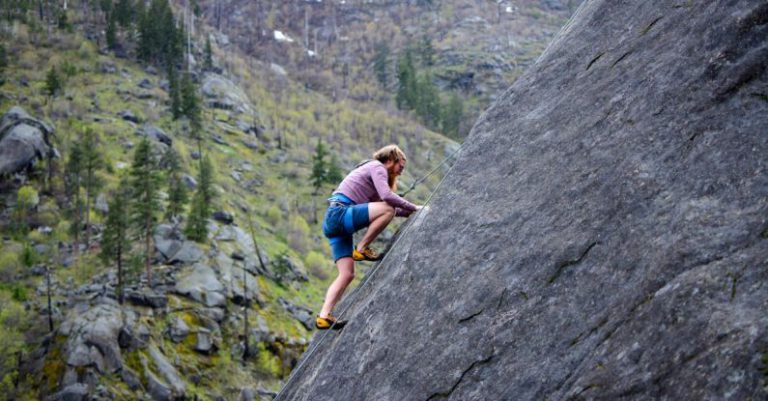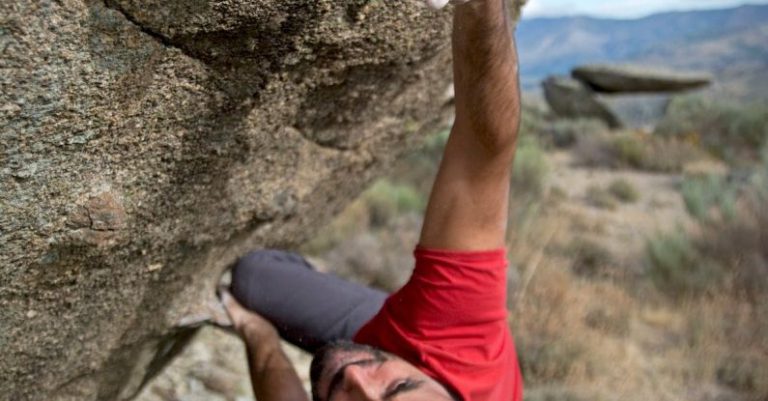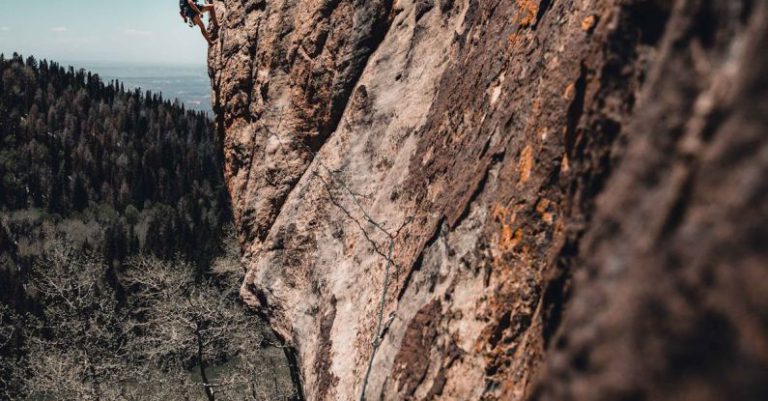
Climbing is an exhilarating activity that challenges both the body and mind. It allows individuals to push their limits and explore the great outdoors in a unique way. There are various types of climbing, each with its own set of challenges and techniques. Whether you are a beginner looking to try climbing for the first time or an experienced climber seeking a new challenge, understanding the different types of climbing can help you choose the best option for your skill level and preferences.
Bouldering
Bouldering is a form of climbing that involves climbing short routes, typically no higher than 20 feet, without the use of ropes or harnesses. Climbers rely on crash pads placed on the ground to cushion their falls. Bouldering focuses on strength, technique, and problem-solving skills, as climbers must navigate intricate sequences of moves to reach the top of a boulder problem. This type of climbing is popular for its accessibility and social nature, as climbers often work together to solve challenging routes.
Sport Climbing
Sport climbing is a style of climbing that involves ascending routes with the use of fixed anchors for protection. Climbers clip into pre-placed bolts along the route using quickdraws, allowing them to safely lead climb without the need for traditional gear placement. Sport climbing routes are typically longer than bouldering problems, ranging from 30 to 100 feet in height. This type of climbing emphasizes endurance, technique, and mental focus, as climbers must navigate challenging sequences of moves while managing their energy levels.
Trad Climbing
Trad climbing, short for traditional climbing, is a style of climbing that involves placing removable gear, such as nuts and cams, to protect against falls. Trad climbers lead climb routes, removing gear as they ascend and placing protection in cracks and other features of the rock. Trad climbing requires a strong understanding of gear placement, rope management, and route finding skills. This type of climbing is known for its adventurous spirit and connection to the roots of climbing, as it harkens back to the early days of mountaineering.
Top-Roping
Top-roping is a beginner-friendly form of climbing that involves ascending routes with a rope anchored at the top of the climb. The climber is attached to one end of the rope, while a belayer manages the other end, providing a safety catch in case of a fall. Top-roping is a great introduction to climbing for beginners, as it allows individuals to focus on technique and movement without the added stress of lead climbing. This type of climbing is commonly practiced in indoor climbing gyms and outdoor climbing areas with established anchor points.
Ice Climbing
Ice climbing is a specialized form of climbing that involves ascending frozen waterfalls, ice-covered cliffs, and other icy features using ice tools and crampons. Ice climbers use techniques such as front-pointing, swinging ice tools, and placing ice screws for protection. Ice climbing requires a unique set of skills, including understanding ice conditions, managing cold temperatures, and efficiently moving on steep terrain. This type of climbing is popular in regions with cold climates and offers a thrilling and challenging experience for climbers.
Conclusion:
As you explore the world of climbing, consider trying out different types of climbing to expand your skills and experience. Whether you prefer the technical challenges of bouldering, the endurance demands of sport climbing, the adventurous spirit of trad climbing, the accessibility of top-roping, or the icy thrills of ice climbing, there is a type of climbing that will suit your preferences and goals. Embrace the diverse opportunities that climbing offers and push yourself to new heights both physically and mentally.





